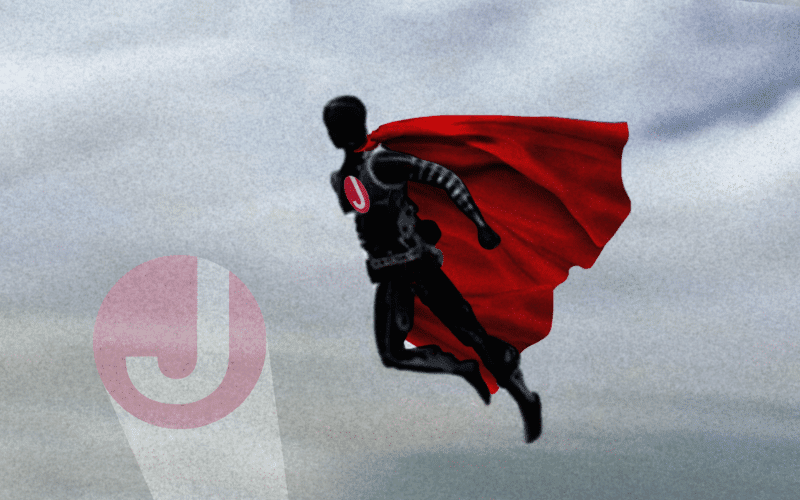Flying robots are the future, but did you know that flying robots are already a reality? And no, we aren’t talking about drones, airplanes, or even the flying cars from The Jetsons. We are talking about are the new acrobatic robotics called Stuntronics! These human sized robots perform death defying acrobatic tricks by launching off a swing and computing the rotations and spins in the air as they fly! With no fear in their processors, there is no reason why these robots won’t land their stunt every time.
Stickman: The Early Stages
The initial stage of Stuntronics began with Stickman, a seven-foot robot that can tuck and untuck itself during mid-air somersaults. The performance of the robot and its design was analyzed by how many rotations it could perform, as well as the total distance and peak height it was capable of achieving. In Disney’s research paper, they note the height factor was not something they focused on with Stickman, because their testing indoors hindered peak height capabilities. Comprised of three aluminum links, Stickman can go from being a completely vertical series of bars to a ‘Z’ formation when flipping. The final orientation of Stickman is, “a function both of the angular momentum and initial angle provided by the launch and the ability of the robot to change its angular velocity during flight.” It’s on-board sensors provided a wide variety of information regarding angle, height, and velocity of the robot, which allowed for the Stuntronic project to develop further.
Flying Robot Heroes?
What’s next? Well, now the robots looks different. The form of Stuntronic robots is now significantly more humanoid, taking on the size and shape of human performers. They feature on-board gyroscope arrays and accelerometers to help accomplish their stunts. Like their predecessor, Stickman, the Stuntronic robots sling off the end of a wire in order to fly. There have been no announcements by Disney to imply these robots might be featured in their live shows as stunt performers for heroes, but the public remains hopeful. Striking poses mid-air and hitting their targets every time creates this new idea Disney’s animatronics have had yet to accomplish, the capability to convince the audience they are, “being[s] of action and dynamism.”
Stunt Performance: Is it a fading career?
Stunt performers are still in high demand by the film and television industry, but will that change as a result of Disney’s Stuntronics? Maybe? We aren’t quite sure. One thing we know is that robots will always lack a crucial aspect that has allowed humans to survive, thrive, and perform stunts over the years. And that is fear. This response to cope with danger presents humans with the “fight or flight” response. Stuntwoman Jo Lamstein describes her stunt work saying, “We DO have a healthy respect for danger – we only negotiate it with well thought-out planning, knowing our own abilities in how to conquer it.” Maybe fear doesn’t matter if robots can land their stunts every time, but issues tend to arise when people become nonchalant… And it is humans working with these Stuntronics in order to make them function!
 These new flying robots promise an interesting future for live performance at Disney’s various attractions. All that’s left for Disney is to call up Edna Mode from The Incredibles so she can fit these heroes with their new super suits!
These new flying robots promise an interesting future for live performance at Disney’s various attractions. All that’s left for Disney is to call up Edna Mode from The Incredibles so she can fit these heroes with their new super suits!



VIEW ALL